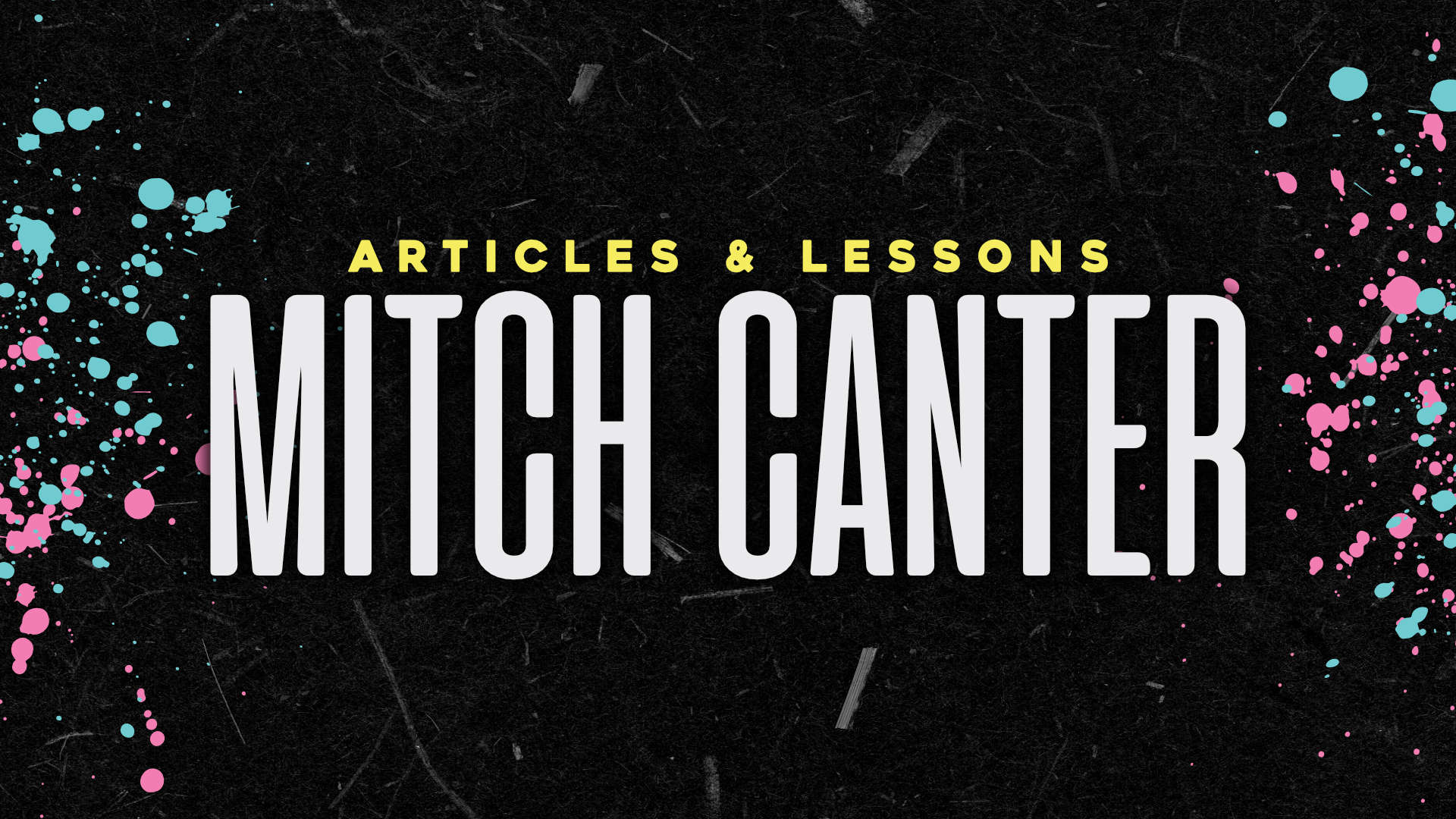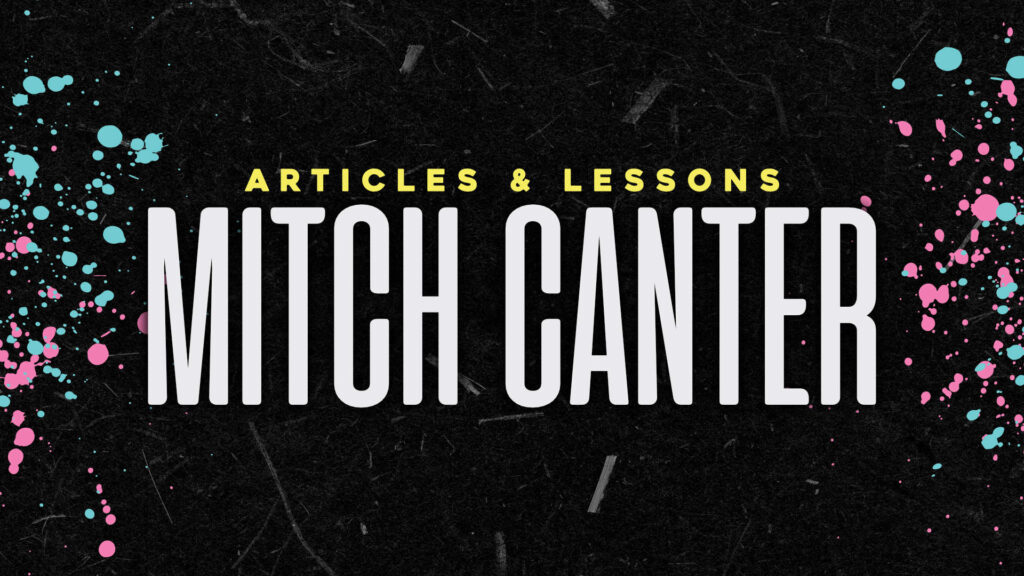Back in Dublin, I did a session on Google Authorship for the Travel Blogger’s Expo (TBEX), explaining the process and meaning behind linking your website to Google+. The process, while it seems intimidating, is actually very easy, and is (essentially) linking your profile and site together. I wanted to amend my session notes with some other information I’ve discovered since speaking, and provide those notes here. Read on to get Google Authorship on your own site!
Why Google Authorship?
Google authorship, in short, allows you to have a “rich text snippit” in Google search results. This gives you some extra information (such as a headshot and profile link), and lets your listing stand out from articles that haven’t yet been assigned to an author.
Getting Google Authorship On Your Site or Blog
NOTE: If you have a custom domain name (mitchcanter.me, for example) and an email address that matches that domain (mitch@mitchcanter.me), then the process is extremely simple: Head to the rich snippit verification site and copy in a link to a blog post (or your bio page). Enter your email address. Follow the instructions, and everything will be verified and good to go. Although, it doesn’t hurt to double up…
Create/update your Google+ profile. Make sure it has your real name (or at least the name you want your blog posts to be recognized under) and a link to your site (under the Contributor To… section).
The key here is to make sure that whatever part of your site you link to (your home page, a bio page, etc) that you know it’s somewhere you’ll have a link to your Google+ profile. Usually it’s in a site bio, or a navigation menu, or a social widget.
There’s two ways to let Google+ know that you’re an author: with a “rel=author” tag or a ?rel=author value placed on the end of your profile URL.
This URL can go in when you don’t have the ability to add a rel tag (it’ll serve the same function):
https://plus.google.com/u/1/117661406072975100029/?rel=author
You can also use the authorship tag as a parameter in the link itself:
<a href="https://plus.google.com/u/1/117661406072975100029/" rel="author">Google+</a>
Finally, if you’re adding the link to a navigation menu in WordPress, you can click on the contextual menu at the top to enable the “Link Relationship” section and add the “author” item there.
Once you’ve linked to your blog/site/bio in Google+, and linked to Google+ from your site, it should be all you need. Head to the rich snippit verification site and paste a link to a blog post (or bio page) into the box. If your photo appears next to the snippit, you’ve done everything correctly and the rich text snippits will start to appear in Google Search. Otherwise, follow the directions to correct any mistakes.
Photo by cvrcak1


